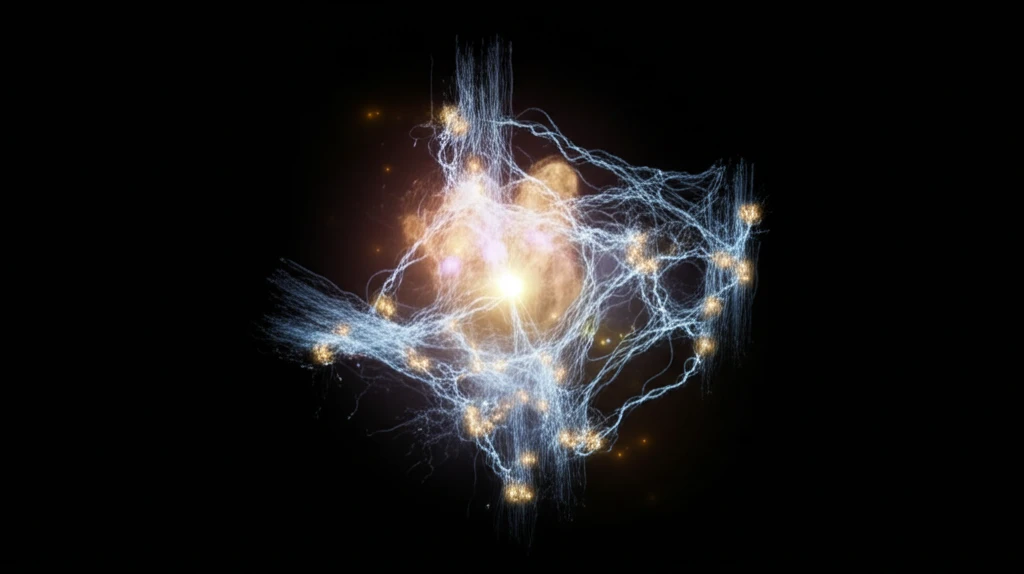![]()
Unlocking the Mysteries of Kondo Semiconductors: A Journey into Quantum Materials
"Delve into the fascinating world of Kondo semiconductors and their unique properties, bridging the gap between scientific research and everyday understanding of advanced materials."
In the vast landscape of material science, certain compounds stand out due to their unusual behavior and potential for technological innovation. Among these, Kondo semiconductors hold a special place. These materials, often based on rare earth elements, exhibit a unique combination of semiconducting and magnetic properties that have puzzled and intrigued scientists for decades. Understanding Kondo semiconductors not only pushes the boundaries of physics but also opens doors to new electronic devices and quantum technologies.
Imagine a material that acts like a semiconductor under certain conditions but also displays magnetic properties arising from the interactions of electrons at the atomic level. This is the essence of a Kondo semiconductor. The term 'Kondo' refers to the Kondo effect, a phenomenon where localized electrons in a material interact with conduction electrons, leading to unusual electronic and magnetic behavior. This effect, combined with the semiconducting nature of the material, gives rise to a rich tapestry of quantum phenomena.
One prominent family of Kondo semiconductors is the filled skutterudite compounds. These materials, represented by the formula RT4X12 (where R is a rare earth element, T is a transition metal, and X is a pnictogen), have garnered significant attention due to their diverse range of physical properties, including metal-insulator transitions, unconventional superconductivity, and heavy fermion behavior. The crystal structure of these compounds, where the rare earth ion is surrounded by twelve pnictogen atoms, plays a crucial role in the strong hybridization between conduction and f-electrons, leading to the emergence of Kondo semiconducting behavior.
The Enigmatic CeFe4As12: A Case Study

Among the filled skutterudites, CeFe4As12 has emerged as a particularly interesting example. This compound, synthesized under high-pressure conditions, exhibits semiconducting behavior with a small electronic specific heat coefficient, suggesting a unique electronic ground state. To unravel the mysteries of CeFe4As12, scientists have employed various experimental techniques, including nuclear quadrupole resonance (NQR), a sensitive probe of the electronic and magnetic environment at the atomic level.
- Ce-site Filling Fraction: Indicates how well the cerium atoms occupy their positions in the crystal structure. A filling fraction close to unity suggests a well-ordered material.
- NQR Spectrum: Provides information about the electric field gradients at the nuclear site, which is sensitive to the electronic environment.
- Temperature Dependence: Shows how the NQR frequency changes with temperature, reflecting the electronic and magnetic properties of the material.
Implications and Future Directions
The study of Kondo semiconductors like CeFe4As12 not only advances our fundamental understanding of condensed matter physics but also holds promise for technological applications. The unique electronic and magnetic properties of these materials could be exploited in the development of novel electronic devices, such as thermoelectric generators, magnetic sensors, and quantum computing components. Furthermore, the investigation of Kondo semiconductors provides a playground for exploring exotic quantum phenomena, such as unconventional superconductivity and heavy fermion behavior, which could lead to breakthroughs in our understanding of the universe.
